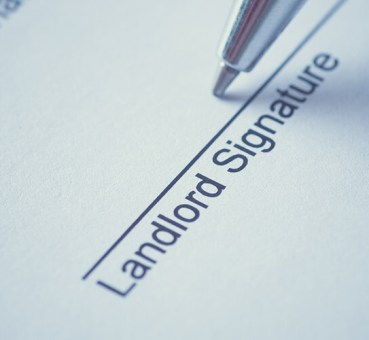Lease Tag Archive
Jump to:
What is a lease?
What types of lease are there?
What is a lease?
The term Lease usually applies to rent that is paid for non-residential space. It is a contract between a business and a landlord, for commercial/for profit use of the property.
This type of rental agreement usually covers a longer period of time–the lease term is at least a few years. The payment is usually based on the square footage occupied by the tenant and, depending on the type of lease, the periodical payment may include other expenses incurred by the tenant.
Contrary to the residential rent which comes with certain protections for the tenant, a commercial tenant is considered to be on equal footing with the landlord in negotiating a commercial lease agreement. Therefore, there are usually far fewer state protections in place that look out for a business tenant.
What types of lease are there?
Percentage Lease – in addition to a set rent, the tenant also pays a percentage of sales over an agreed-to threshold. Often encountered in retail leases and malls.
Gross Lease – a.k.a. Full-Service Lease, whereby the rent is all-inclusive. The landlord pays all expenses associated with the property, while the tenant can focus on their business. Often negotiated in office, some industrial and some retail leases.
Net Lease – a lease agreement by which a tenant also pays for expenses, besides the set rent, either partially or in full. Percentages are negotiable.
– Single net lease (N) – in addition to rent, the tenant also pays some or all of the property taxes, insurance or maintenance. Encountered for any type of commercial lease.
– Double net lease (NN) – the tenant pays rent plus taxes and insurance. Encountered for any type of commercial lease.
– Triple net lease (NNN) – the tenant pays rent, taxes, insurance and maintenance. Encountered for any type of commercial lease.
You might also be interested in:
Is it better to have a high or a low cap rate?
Undisclosed Principal
What are adjoining owners?
Search other terms
Popular terms










